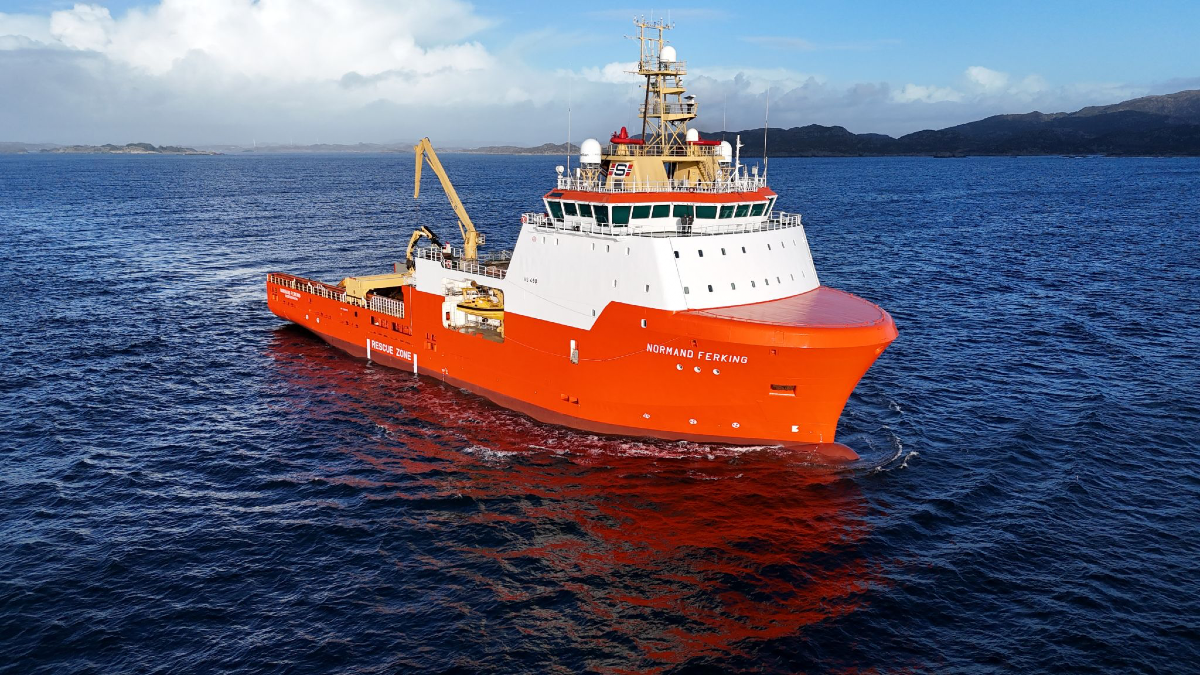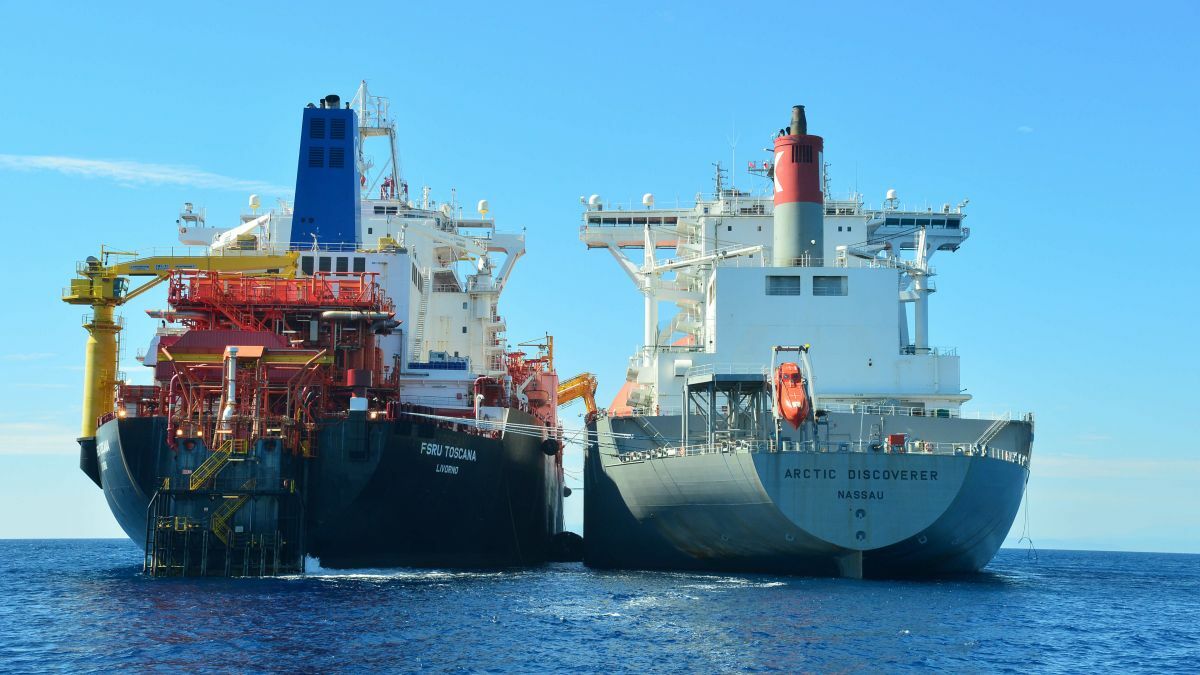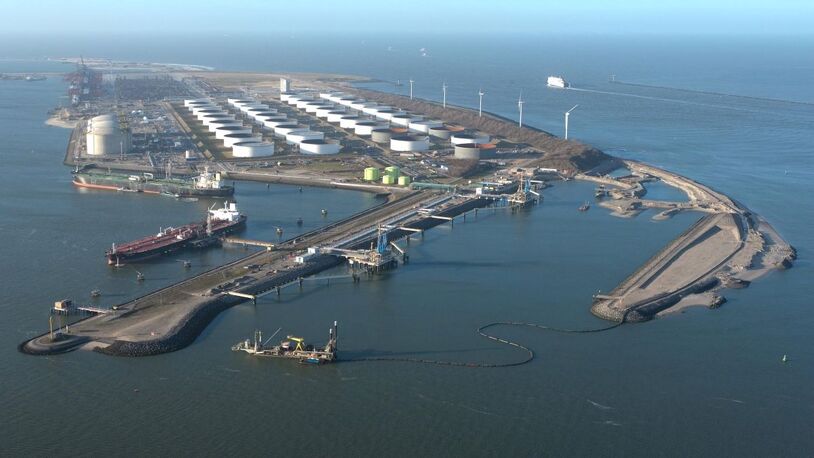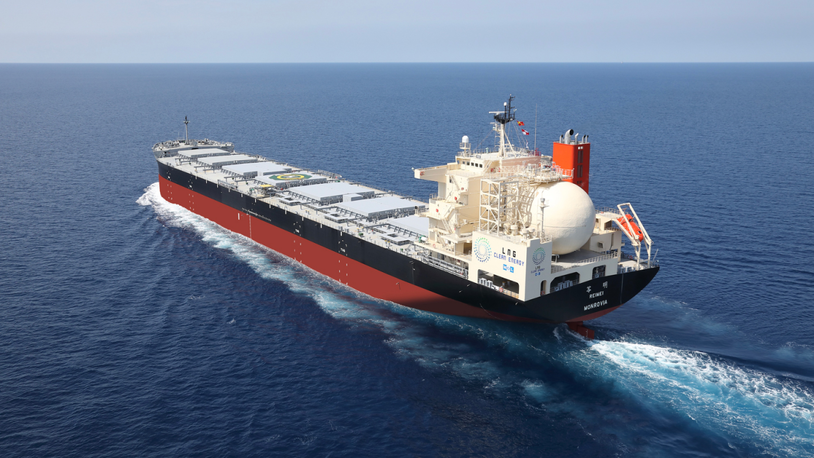Business Sectors
Contents
Register to read more articles.
Solstad Offshore tests biodiesel in AHTS sailing to Brazil
Norwegian OSV owner puts HVO to the test to demonstrate how existing measures can effectively reduce CO2 emissions
Solstad Offshore reported Normand Ferking will use certified renewable biodiesel during its transit from Husøya on the west coast of Norway to Brazil “to demonstrate that existing measures can effectively cut emissions.”
The DP-2-class anchor handling tug supply (AHTS) vessel is using hydrotreated vegetable oil (HVO), also known as green diesel or renewable diesel. Made from lipids like vegetable oil, tallow or used cooking oil, HVO has similar chemical and physical properties to diesel fuel. But its fossil-free composition and low carbon content make HVO an appealing sustainable fuel option. Its price and availability at scale for the marine market remains challenging.
“The crew is highly focused on Solstad Green Operation in their work and plans to save as much fuel as possible during the transit. They aim to achieve this by reducing speed and operating with a single engine,” said the Norwegian OSV owner in a social media post.
Solstad estimates the vessel will save “more than 95%” of the 1,600 tonnes of CO2 emissions generated with normal speed and “fuel down to 71 tCO2 (net GHG emissions).”
Flying the Norway flag, 2007-built Normand Ferking has an overall length of 89 m, beam of 22 m, with accommodation for 32. The VS 490 AHTS has a bollard pull of 239 tonnes.
“Although the renewable biodiesel makes the journey more costly, it is an important part of Solstad’s strategy to reduce its environmental footprint – and demonstrate that existing measures can effectively cut emissions,” said the owner.
According to vessel positioning service MarineTraffic, the vessel was sailing along the coast of West Africa on 19 February, and should arrive in Rio de Janeiro on 9 March.
Riviera’s Maritime Decarbonisation Conference Asia, will be held in Singapore, 15-16 April 2024. Use this link for more information and to reserve your place.
Related to this Story
Events
LNG Shipping & Terminals Conference 2025
Vessel Optimisation Webinar Week
Marine Coatings Webinar Week
© 2024 Riviera Maritime Media Ltd.














